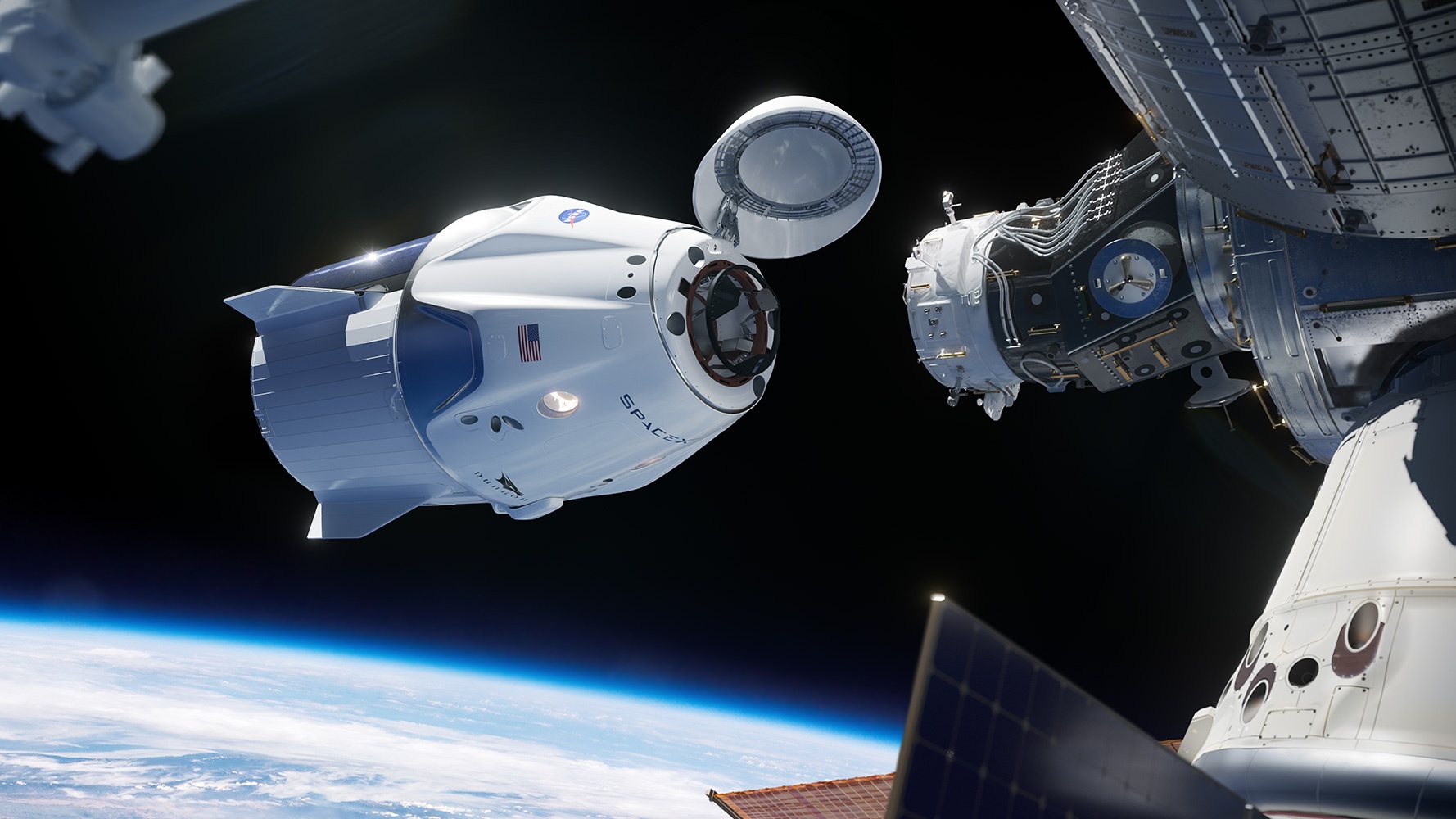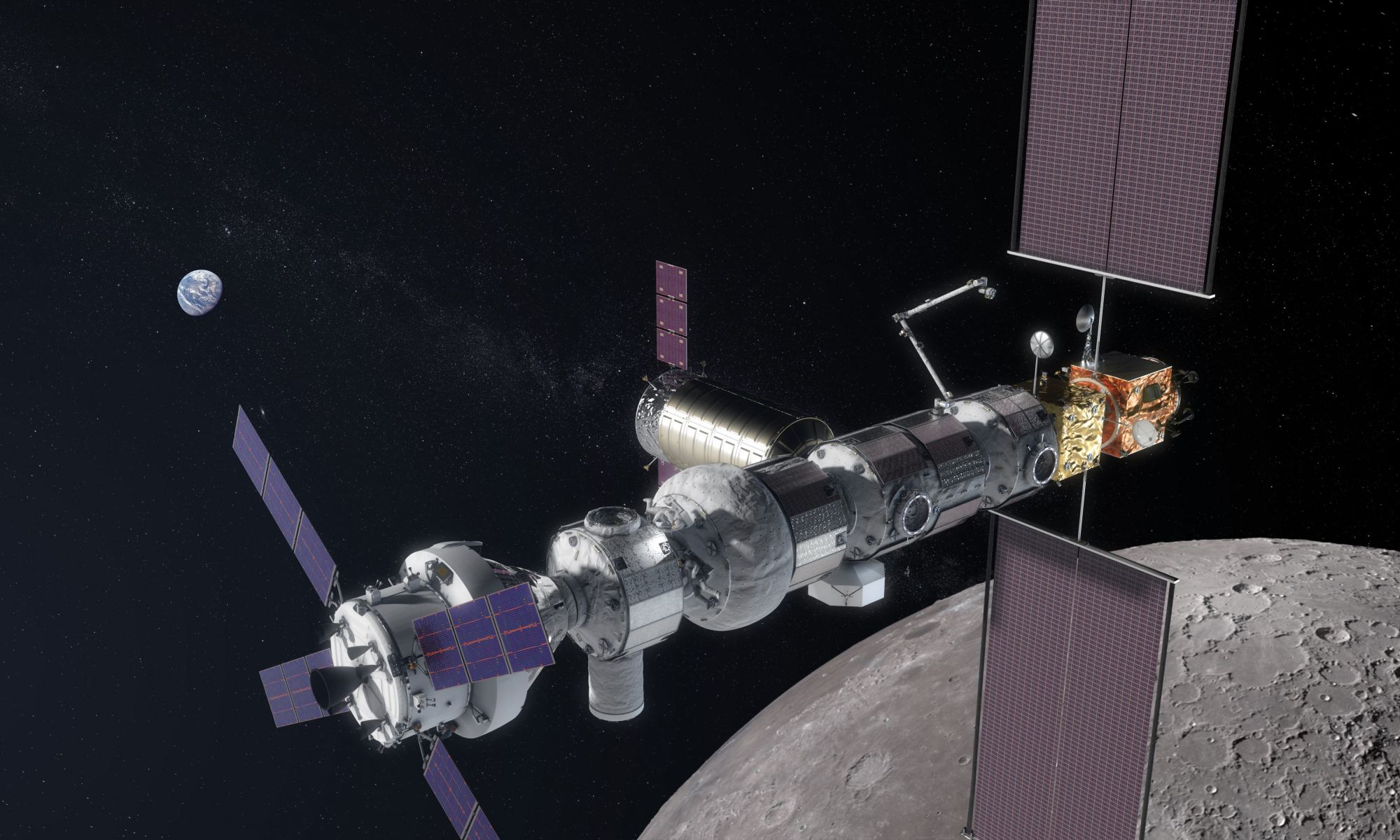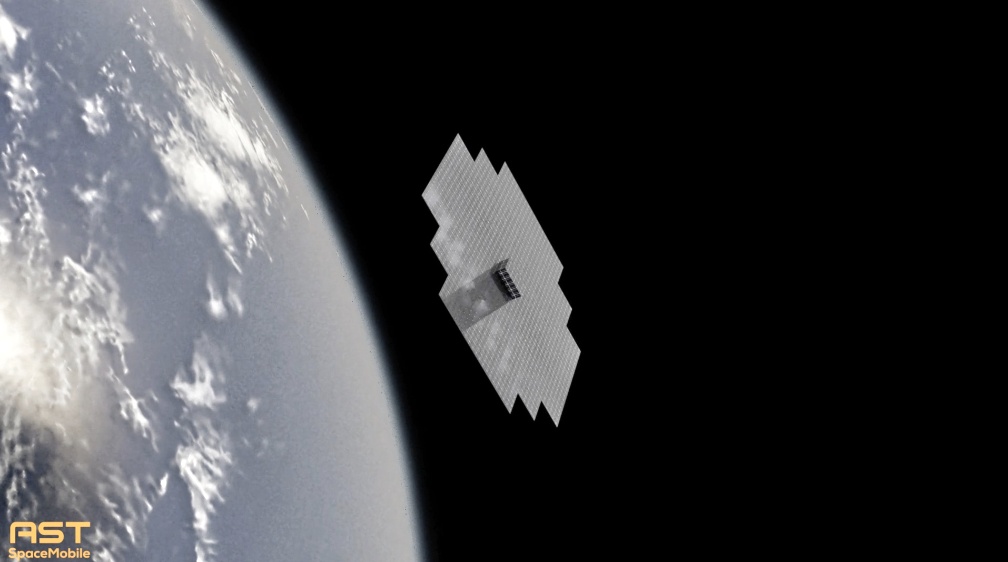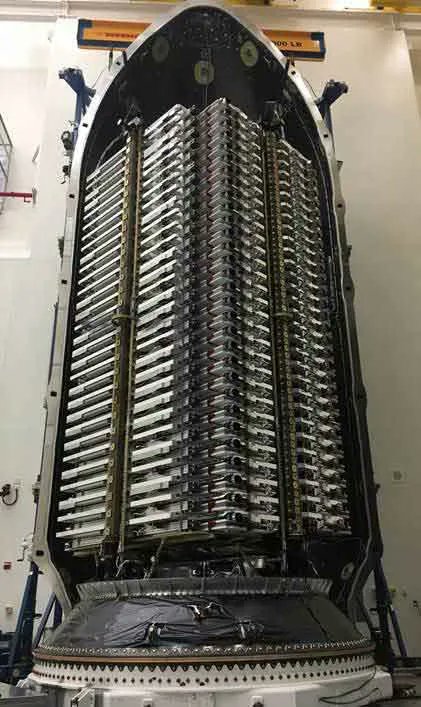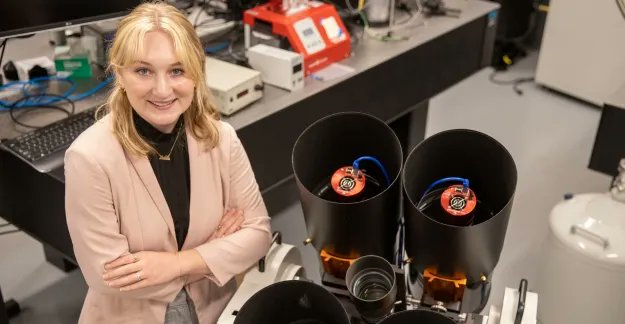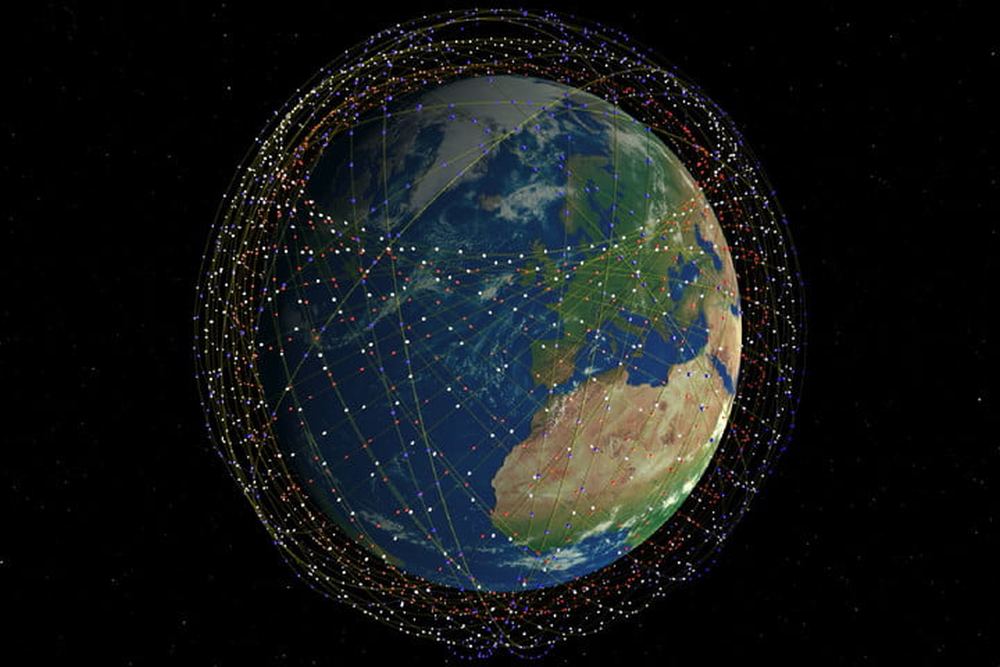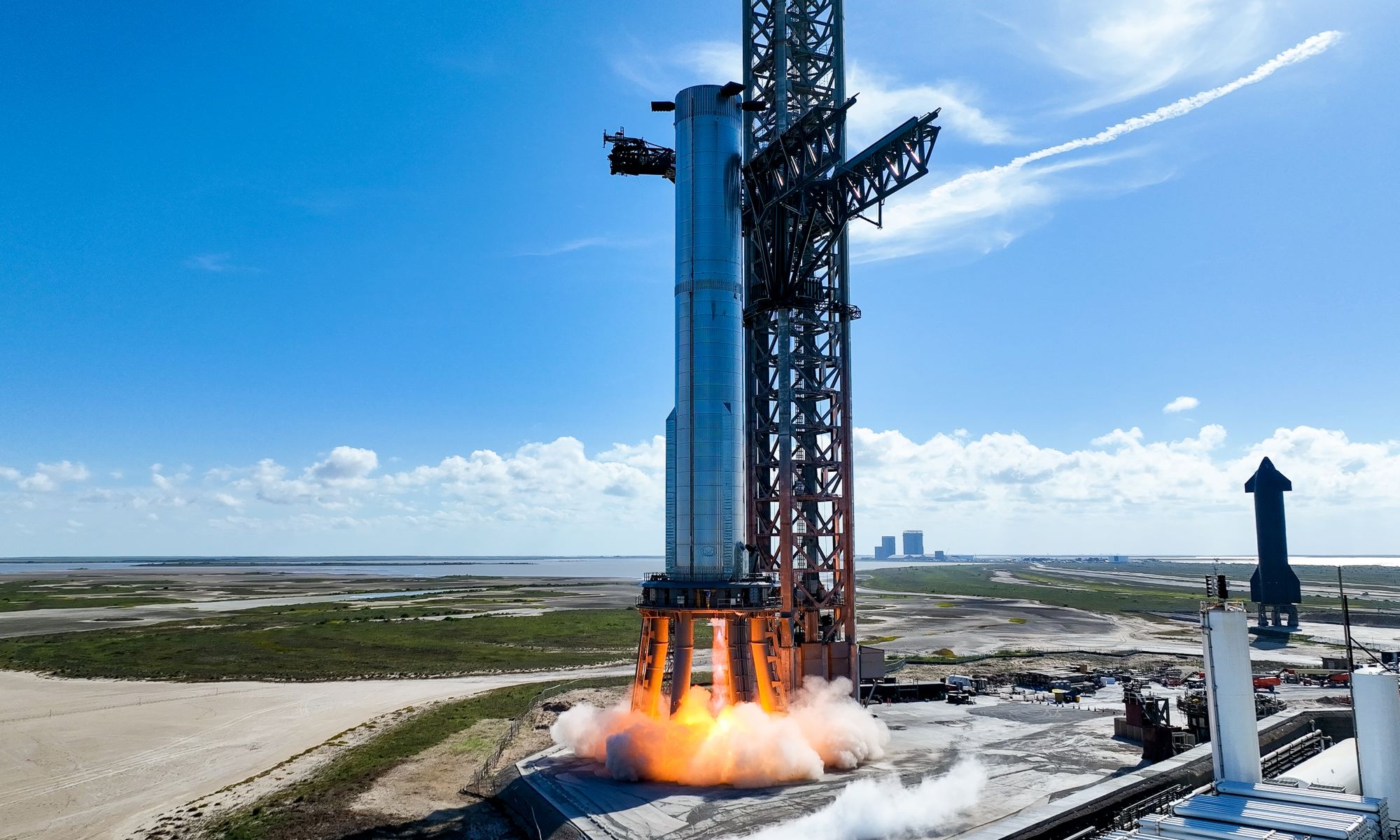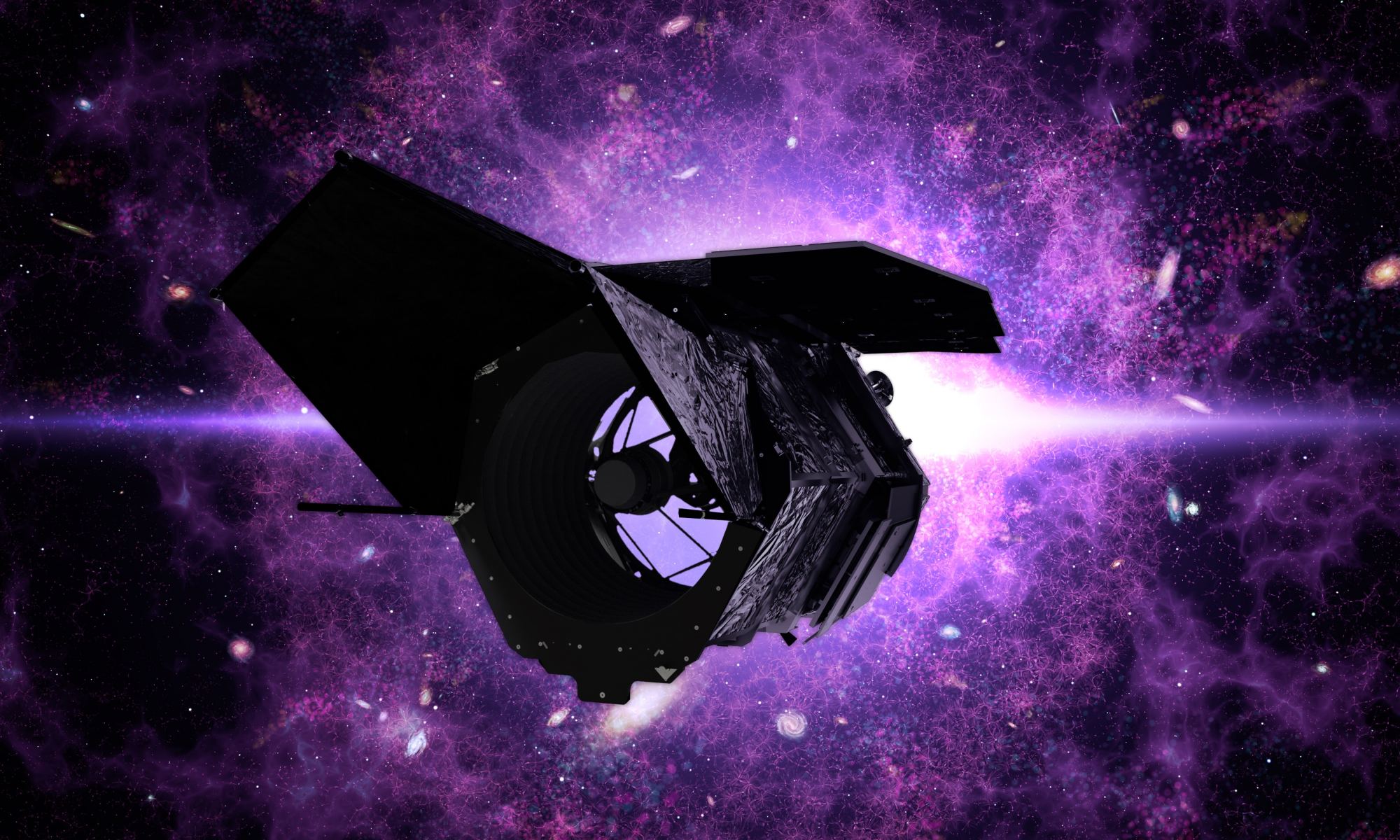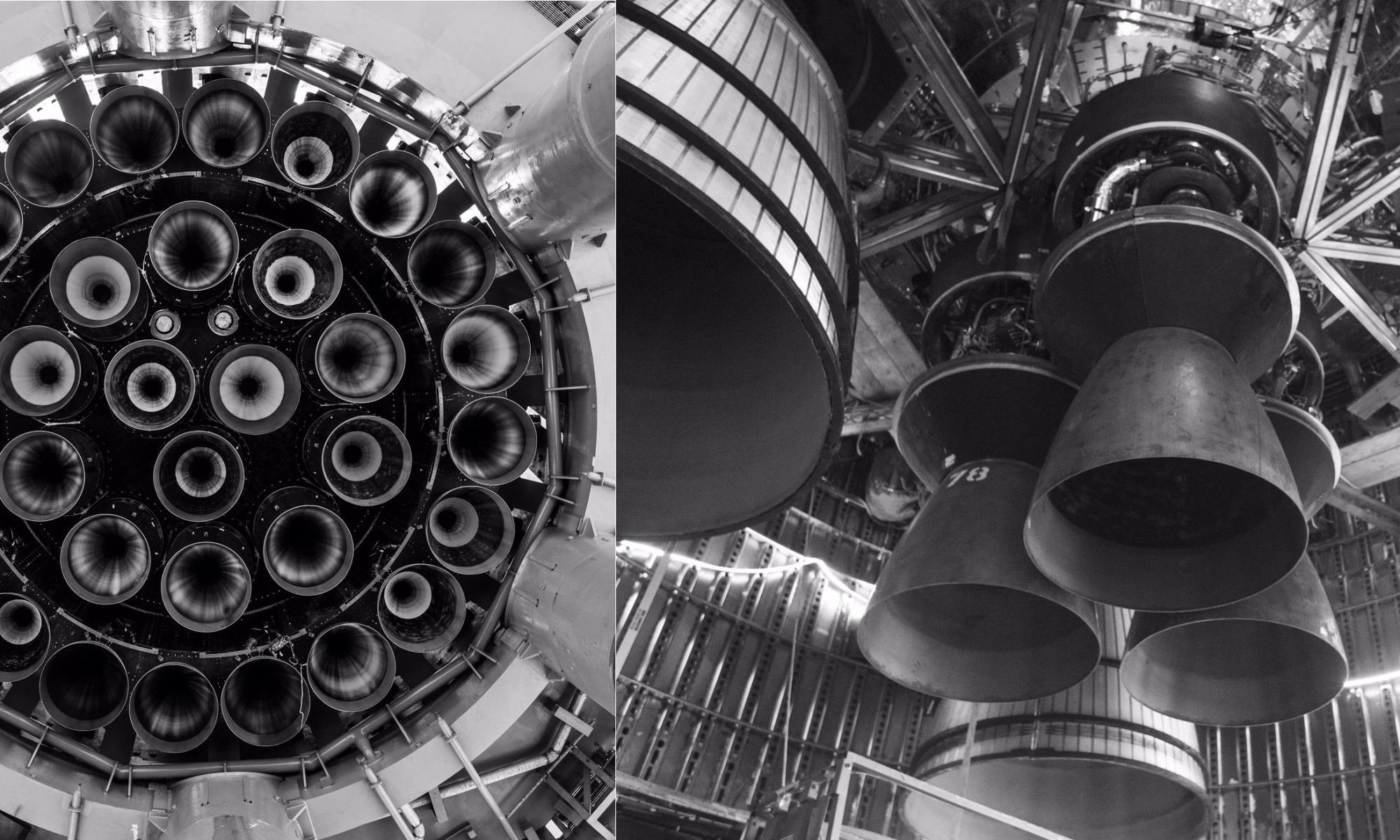SpaceX Founder and CEO Elon Musk recently took to Twitter and hinted that the much-anticipated Starship—currently undergoing upgrades in preparation for its upcoming maiden flight—could launch as soon as November.
Responding to a question from a curious Twitter account asking about updates for Starship’s orbital flight date, Musk responded, “Late next month maybe, but November seems highly likely. We will have two boosters & ships ready for orbital flight by then, with full stack production at roughly one every two months.” As usual, his tweet garnered thousands of likes and hundreds of retweets.
Continue reading “Musk Suggests That Starship Will Probably Make an Orbital Flight in November”

